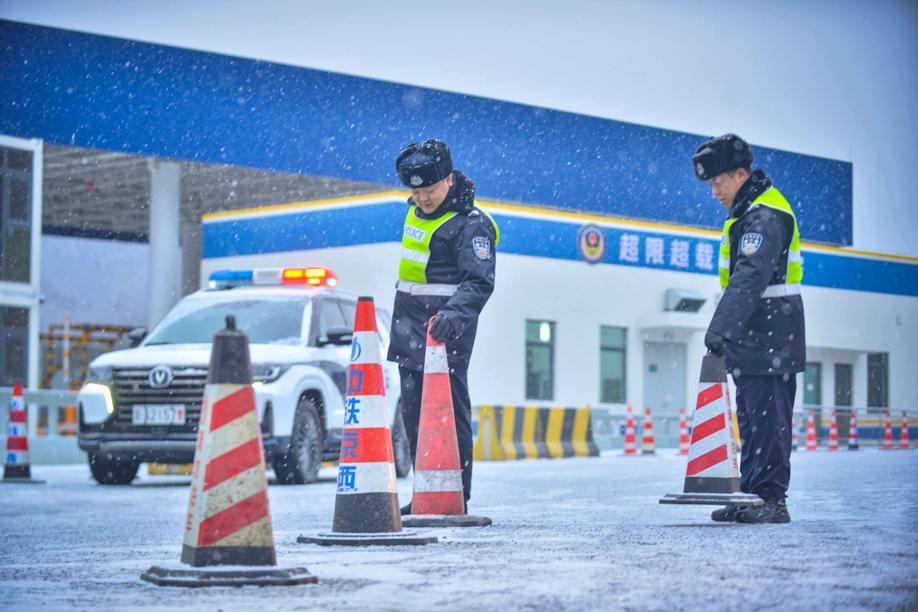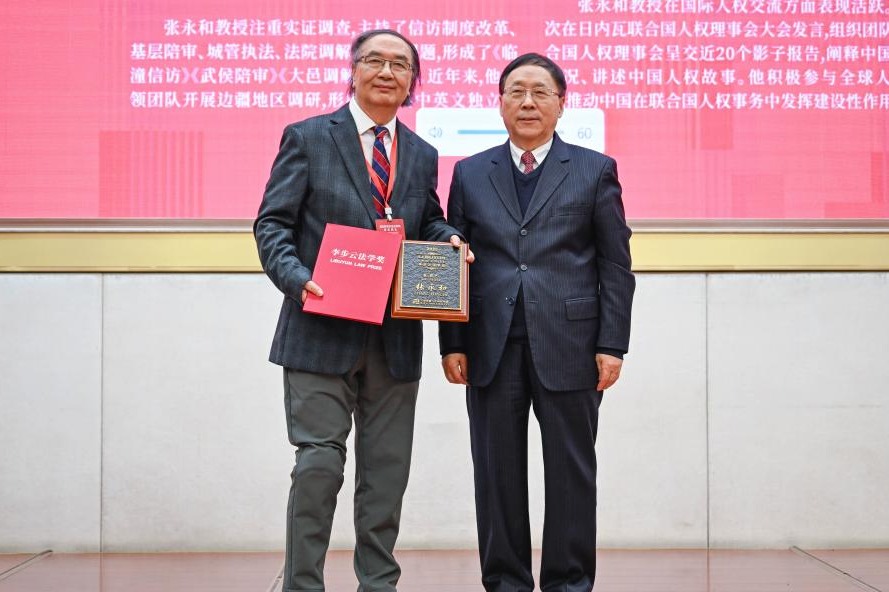Chinese scientists develop new treatment for tendon-bone injuries

SHANGHAI -- A Chinese research team has developed a multicellular scaffold based on inorganic bioceramics for treating tendon-to-bone injuries.
Restriction of motor activity due to loss of natural structure is a major cause of decreased life quality in patients suffering from tendon-to-bone injuries.
To solve this problem, the research team, led by the Shanghai Institute of Ceramics of the Chinese Academy of Sciences, combined manganese silicate nanoparticles with tendon/bone-related cells to construct an immunomodulatory multicellular scaffold to achieve integrated tendon-to-bone regeneration.
The scaffold not only demonstrated diverse biological activities in vitro, but also achieved immune regulation, multi-tissue integration regeneration and motor function recovery in a variety of animal models of rotator cuff injury.
The study provides a new concept for achieving immunomodulation and integrated regeneration of tendon-bone and other tissue interfaces, said Wu Chengtie with the SIC, who led the research.
The study was recently published in the journal Science Advances.
- Archives detailing crimes of Japanese unit released
- 'Reservoirs of primordial water' may be buried deep within Earth
- China remembers victims of Nanjing Massacre, 88 years on
- China's Kuaizhou-11 Y8 rocket launches space experimental spacecraft into space
- Relic dates Jinan founding to around 4,200 years ago
- New rocket set to debut soon, launch six satellites




































